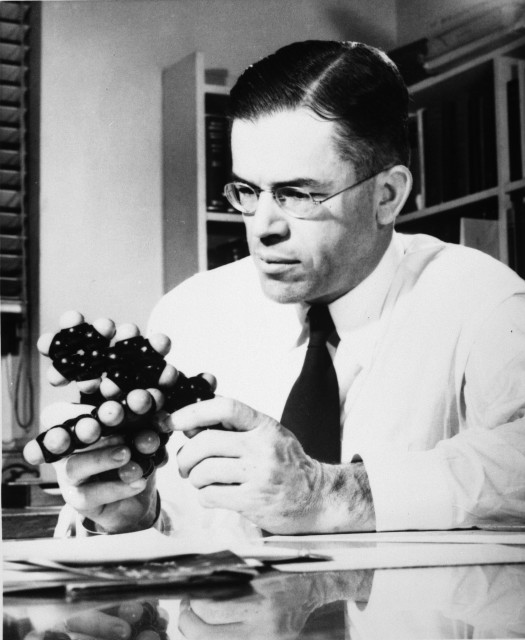Paul Doughty Bartlett
1907-1997

Bartlett was for many years the leading player in physical organic chemistry and the study of organic reaction mechanisms, contributing incisive, beautifully designed experiments that yielded definitive answers to important questions. Many of his discoveries, such as two-step electrophilic additions to carbon-carbon double bonds, the prevalence of configuration inversion in Wagner-Meerwein rearrangements, the coplanarity requirement for carbocation stabilization, the hydride transfer step in alkylations with alkanes, and chain transfer in free radical polymerizations have become such accepted aspects of reaction mechanisms as taught to undergraduates and graduates that they are rarely credited to their source. Bartlett's interests ranged widely. He studied the decomposition of diacyl peroxides and peresters, discovered addition of alkyllithiums to alkenes, demonstrated the non-concerted diradical mechanism of certain cycloadditions, and studied reactions of β- and α-lactones and S8 (the eight-membered ring of sulfur). His nurturing personality was such that well over 50 of his former students simultaneously populated the faculties of leading universities. Professor Bartlett received many awards, including the Gibbs and Roger Adams Medals of the ACS (1963) and the National Science Medal (1968). This photo was taken about 1950.
Sponsor: Gerasimos J. Karabatsos
Location in chemistry building: Fifth Floor; East Wing North Wall; Sequence 1
Source: Harvard Archives, Paul Bartlett